Key Takeaways:
- Understand the distinct features of slicker brushes and pin brushes and their suitability for different coat types.
- Learn how to effectively use each brush to maintain your dog's coat health.
- Discover which brush is the best choice for your furry friend's grooming needs.
Grooming your dog is an essential part of pet care, but with the plethora of grooming tools available, it can be challenging to choose the right one. Two popular types of dog brushes that often cause confusion are slicker brushes and pin brushes.
In this article, we'll explore what is the difference between a slicker brush and a pin brush, helping dog owners make an informed decision for their pet's grooming routine.
Understanding Slicker Brushes
Slicker brushes are distinct with their fine wire bristles, set closely together on a flat or slightly curved base. These bristles are designed to penetrate deep into your dog's fur, making slicker brushes ideal for removing loose hair, mats, and tangles, especially in dogs with medium to long coats.
They are particularly effective for breeds with thick, curly coats, such as Poodles or Bichon Frises. When using a slicker brush, it's important to apply gentle pressure to avoid scratching your dog's skin.
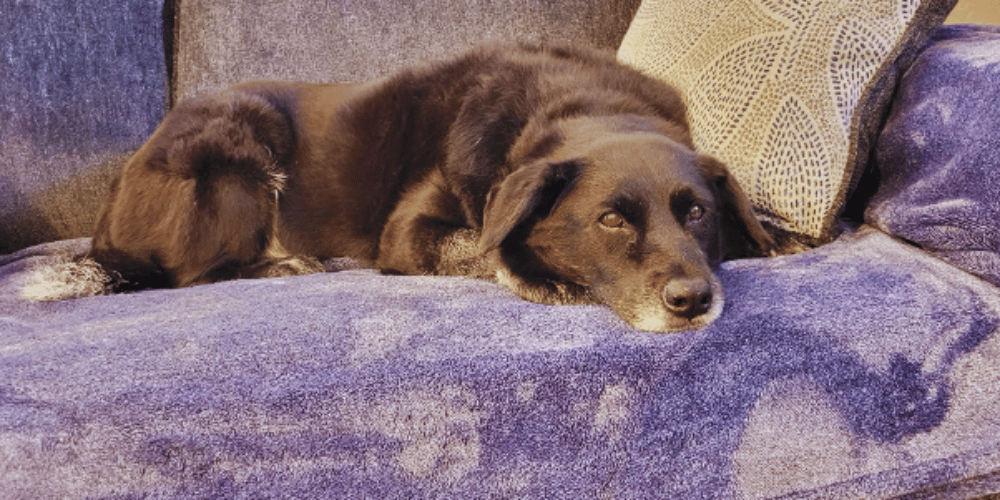
The Role of Pin Brushes
Pin brushes, on the other hand, feature longer pins that are widely spaced and often have protective balls at the ends to prevent scratching the skin. These brushes are more suitable for dogs with longer hair and double coats, like the Golden Retriever or Shetland Sheepdog.
They are excellent for finishing touches after removing tangles, as they help to smooth out the fur and add shine. Pin brushes are less likely to create a static charge, ensuring a comfortable grooming experience for your pet.
Slicker Brushes for Different Coat Types
When it comes to dogs coat type, slicker brushes are versatile. They work well for breeds with long coat types, such as Yorkshire Terriers, and can also be effective for short haired dogs with dense undercoats, like German Shepherds.
The key is to select a slicker brush with the right bristle length and density for your dog's specific coat. For instance, a brush with shorter and denser bristles might be more suitable for a dog with shorter hair.
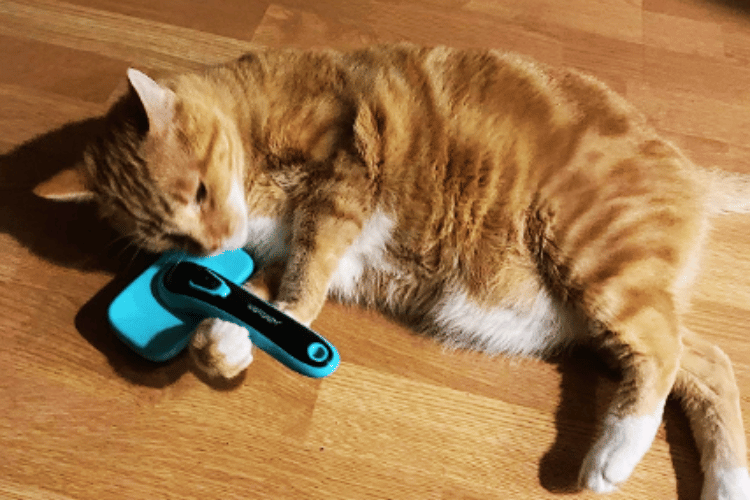
Pin Brushes for Grooming Needs
Pin brushes are often considered the best dog brush for daily maintenance, especially for long haired dogs. They gently remove loose fur and help distribute natural oils throughout the coat, keeping it healthy and shiny.
Unlike slicker brushes, pin brushes are less likely to remove a significant amount of fur, making them a better choice for dogs that do not shed excessively.
Slicker Brush Technique
Using a slicker brush requires a certain technique to ensure that you're grooming effectively without causing discomfort. Start by brushing in the direction of hair growth to remove dirt and debris.
Then, work in sections to gently remove mats and tangles. Be cautious around sensitive areas and always brush with a light hand to avoid irritating the skin.
The Versatility of Bristle Brushes
Bristle brushes are an often overlooked yet essential grooming tool in a pet owner's arsenal, especially for dogs with shorter or smoother coats. Unlike the slicker or pin brushes, bristle brushes have clusters of tightly packed natural bristles that glide through the dog's fur, removing loose hair and stimulating the skin.
This type of brush is particularly effective for breeds with fine hair, as it polishes the coat, giving it a shiny and healthy appearance. Moreover, the gentle nature of bristle brushes makes them less likely to scratch the skin, which can be a concern with slicker brushes.
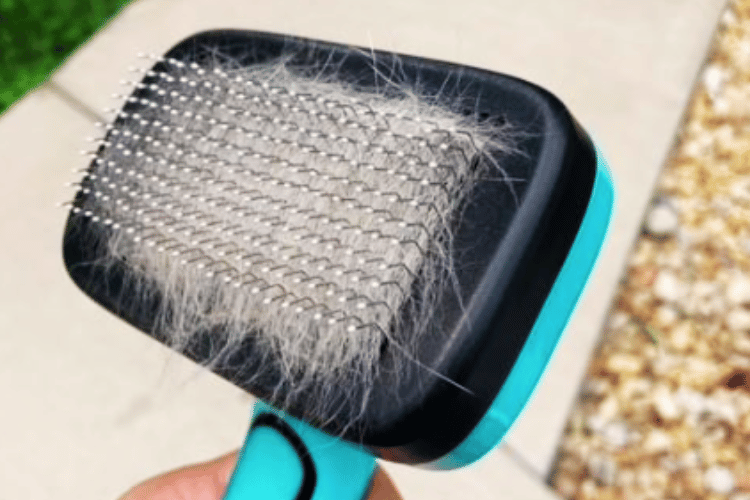
When considering the shape and density of the bristles, it's important to match them to your dog's specific fur type. For instance, dogs with short, smooth coats may benefit from bristles that are closely spaced, as this helps to remove debris and add luster to the coat.
On the other hand, dogs with a denser coat may require bristles with more spacing to effectively penetrate the fur. Regardless of the type of brush you choose, regular grooming sessions with a bristle brush can contribute to your dog's overall well-being by distributing natural oils throughout the coat.
Combs as a Supplementary Grooming Tool
While brushes tend to get most of the attention in the grooming world, combs can play a pivotal role in maintaining your dog's coat, especially for curly haired dogs or those with long, silky locks. Combs with wider teeth are excellent for detangling and preventing mats, which are common in these types of coats.
They can be used after brushing to ensure that any tangles missed by the brush are addressed. Additionally, combs are invaluable for flea detection and removal, as the closely spaced teeth can capture and remove these pesky parasites from your dog's fur.
In contrast, combs with finer teeth are suited for more detailed work, such as around the face and ears where precision is key. They tend to be less invasive than brushes and can be used to gently tease out any remaining knots without causing discomfort. For dogs that are sensitive or prone to anxiety during grooming sessions, a comb can be a less intimidating tool to start with.
By incorporating both brushes and combs into your grooming routine, you can ensure that your dog's coat is not only brushed but also finely combed, leading to a well-groomed appearance and a happy, healthy pup.
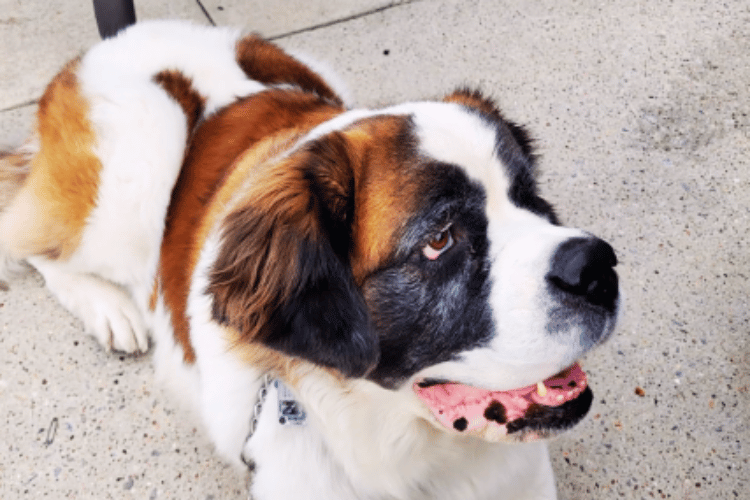
Pin Brush Method
The method for using a pin brush is similar to that of a slicker brush, but with a focus on detangling and smoothing the coat. Begin at the head and move down the body, brushing in the direction of hair growth.
The longer pins of the pin brush allow it to glide through the hair more easily, making it less likely to pull or snag. This makes it an excellent choice for dogs that may be sensitive to brushing.
Slicker Brush: Pros and Cons
Slicker brushes are excellent for de-matting and removing loose hair, which can significantly reduce shedding around the house. However, they can cause discomfort if not used properly, and the fine wire bristles may wear out over time. It's essential to choose a high-quality slicker brush and to use it with care to avoid any potential drawbacks.
Pin Brush: Advantages and Limitations
Pin brushes are less invasive and offer a more pleasant grooming experience for your pet. They are great for everyday brushing and are less likely to damage the coat. However, they may not be as effective at removing mats or dealing with heavy shedding. For dogs with undercoats, an undercoat rake might be a necessary addition to the grooming toolkit.
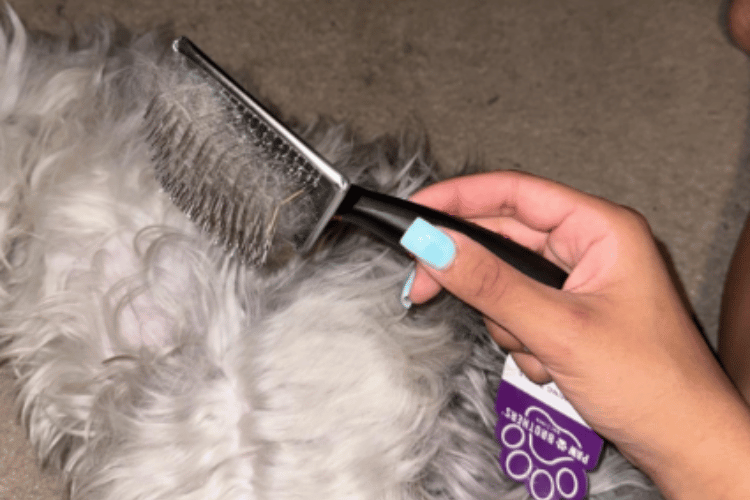
Choosing the Right Brush for Your Dog
Selecting the right brush for your dog involves considering your dog's fur type and grooming needs. For dogs with curly coats or prone to matting, a slicker brush might be the best choice.
For those with long, flowing coats, a pin brush could be more appropriate. Always consider the length and density of the bristles or pins to match your dog's coat.
Grooming Tips for Dog Owners
Regular grooming is vital for your dog's health and well-being. Whichever particular brush you choose, make sure to brush your dog regularly to prevent mats and keep their coat clean.
Always be gentle and patient, turning grooming sessions into a bonding experience. Remember to clean your grooming tools after each use to maintain their effectiveness and hygiene.
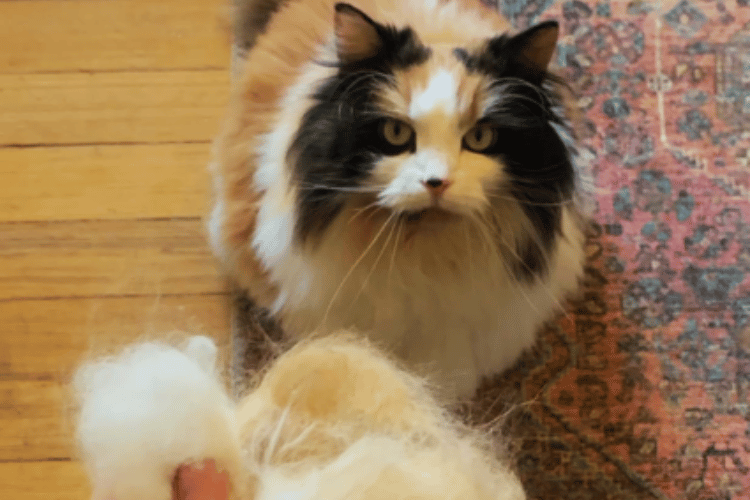
Summary
The difference between a slicker brush and a pin brush lies in their design and intended use. Slicker brushes, with their fine wire bristles, are best for penetrating deep into the coat to remove loose hair and mats.
Pin brushes, with their longer pins, are more suitable for detangling and smoothing out long coats. Understanding your dog's coat type and grooming needs is crucial in choosing the right brush to keep your furry friend looking and feeling their best.
FAQ Section
Can I use a slicker brush on a short-haired dog?
Yes, a slicker brush can be used on short-haired dogs, but it's important to choose one with shorter bristles to avoid discomfort.
How often should I brush my dog with a pin brush?
Brushing your dog with a pin brush can be done daily, especially for long-haired breeds, to keep their coat smooth and free of tangles.
Is it necessary to have both a slicker brush and a pin brush?
It depends on your dog's coat type and grooming needs. Some dog owners find it beneficial to have both types of brushes to address different grooming tasks.
Thank you for visiting LegitLists we hope this helps you make a legitimate choice!






